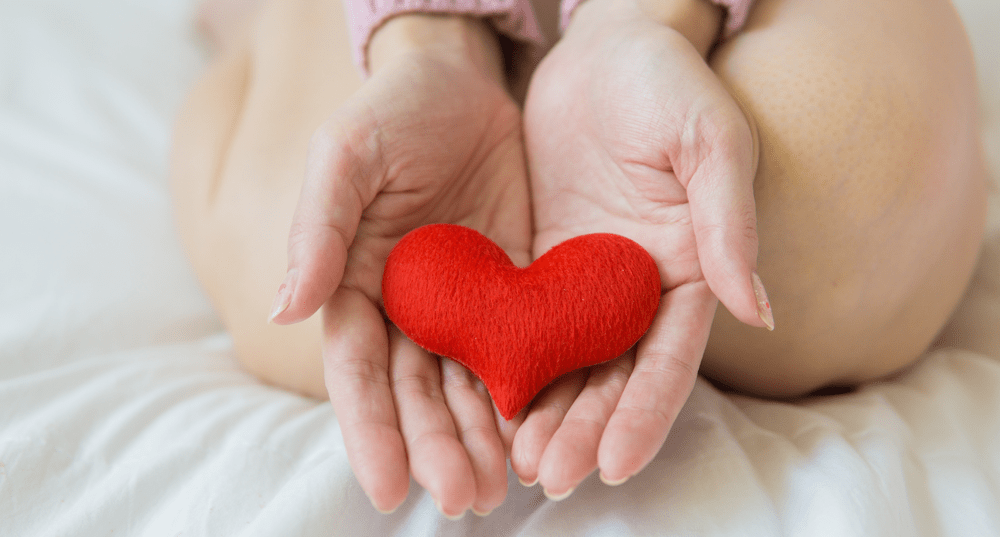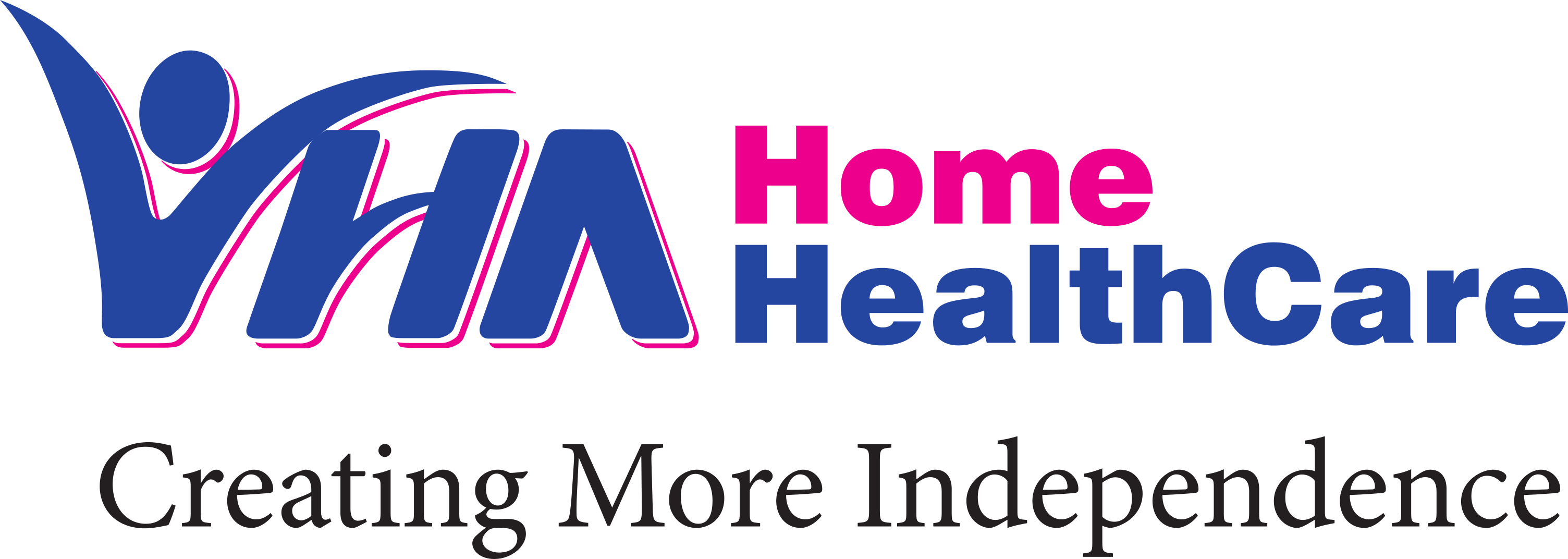Women and Heart Disease

Heart disease is the leading cause of death for Canadian women. This means that they are five times more likely to die from heart disease than breast cancer. Many women are surprised to learn that this risk is higher than all cancers combined, and with two-thirds of clinical research focused on men, this research gap is costing women their lives.
The way women experience heart attack symptoms is different than men and as a result, women often delay emergency care which can prolong recovery times and increase the risk of a future heart attack. That’s why it’s so important for women to know what symptoms to watch for, to listen to their instincts and to get help as quickly as possible.
Heart Attack vs. Cardiac Arrest
These terms are often used interchangeably, but they’re not the same thing. When a heart attack occurs, blood flow to the heart is blocked often by a blood clot or the build-up of plaque inside the arteries. The heart keeps beating but if the blockage isn’t fixed to restore blood flow, the heart muscle affected begins to die. The earlier a heart attack is identified, the less damage is done and the better a person’s chance of survival. Cardiac arrest is when the heart stops beating suddenly and the brain, lungs and other vital organs do not get the blood and oxygen that they need. Within seconds, a person stops breathing and loses consciousness and this can cause brain damage or death if their heart is not restarted quickly.
These heart emergencies are linked because cardiac arrest can happen after a heart attack or during recovery. Most heart attacks do not result in sudden cardiac arrest but a heart attack can be a cause of cardiac arrest.
Symptoms of a Heart Attack in Women
Most people assume that the symptoms of a heart attack are sudden and extreme with crushing chest pain. However, for women, symptoms can be less noticeable and because of this they frequently show up in emergency rooms after significant damage to the heart has already been done. Heart attack symptoms can be quick and intense but often, and especially in women, symptoms start slowly and persist for hours, days or weeks before the heart attack.
Although chest pain is the most common symptom for both men and women, women may also experience a heart attack without any chest pain at all. Here are other signs to watch for:
- Chest tightness: Rather than stabbing pain, women often report uncomfortable pressure, tightness or aching in their chest that can come and go.
- Body pain: Pain or discomfort in the arms, back, neck, jaw or shoulders.
- Shortness of breath: Trouble breathing or struggling to take a full breath with or without chest tightness.
- Fatigue: Extreme or unusual exhaustion that can come on suddenly or last for weeks.
- Sweating and anxiety: Sweating similar to stress sweating or feeling cold and clammy without a fever. Women also may experience restlessness, anxiety or a feeling of impending doom.
- Nausea and dizziness: Light-headedness, fainting, nausea, vomiting, heartburn or indigestion that isn’t relieved by antacids.
If you think that you, or someone you’re with, are experiencing symptoms of a heart attack, call 9-1-1 immediately. The Heart and Stroke Foundation also recommends that you chew or swallow one 325 mg tablet or two 81 mg tablets of Aspirin as this can dissolve blood clots, as long as you are not allergic or intolerant. Acting fast could mean the difference between life and death and significantly reduce the damage done to the heart.
Signs of Cardiac Arrest
For both men and women, the signs of sudden cardiac arrest are immediate and severe and include:
- Loss of consciousness
- Unresponsiveness
- Not breathing*Some people will take occasional gasping breaths in cardiac arrest. This isn’t true breathing but rather a natural reflex when your brain isn’t getting enough oxygen. They still need CPR and you shouldn’t wait until they’ve stopped breathing.
If you witness someone in cardiac arrest, call 9-1-1 immediately. Begin cardiopulmonary resuscitation (CPR) by pushing hard and fast in the centre of the chest until emergency medical services arrive, about as fast as the beat of the song ‘Stayin’ Alive’ by the Bee Gees. Don’t be worried about doing it wrong. Even imperfect, hand-only CPR can significantly improve a person’s chance of survival. If you’ve been trained in CPR, check the airways and include rescue breaths after every 30 compressions. If an Automated External Defibrillator (AED) is available, use it by following the instructions on the device.
Women’s hearts are still misunderstood and according to the Heart and Stroke Foundation, early heart attack symptoms are missed in 78% of women. When it comes to heart disease, experts always say that when in doubt, check it out.
It’s also a good idea to schedule an appointment with your health care provider to learn your personal risk for heart disease. Although some risk factors like genetics and age are out of your control, there are many lifestyle choices you can make to protect your heart health. This includes maintaining a healthy weight, eating a diet rich in whole, nutrient-dense foods, exercising regularly, not smoking, limiting alcohol intake and finding healthy ways to manage stress.
You may also like:
